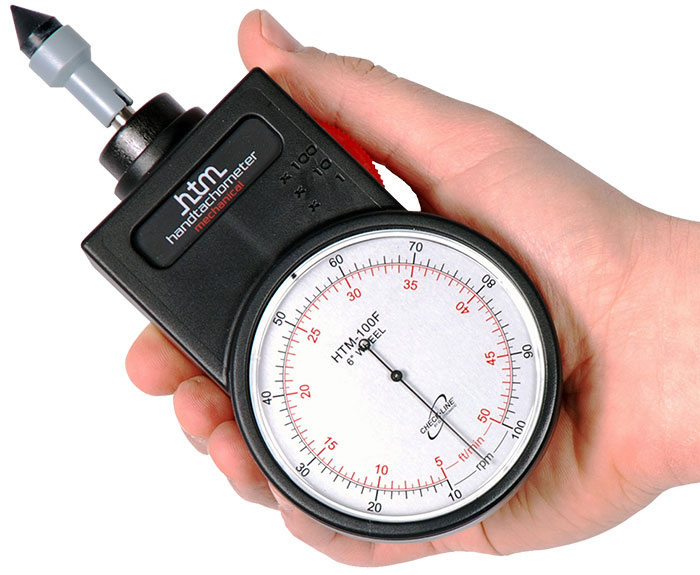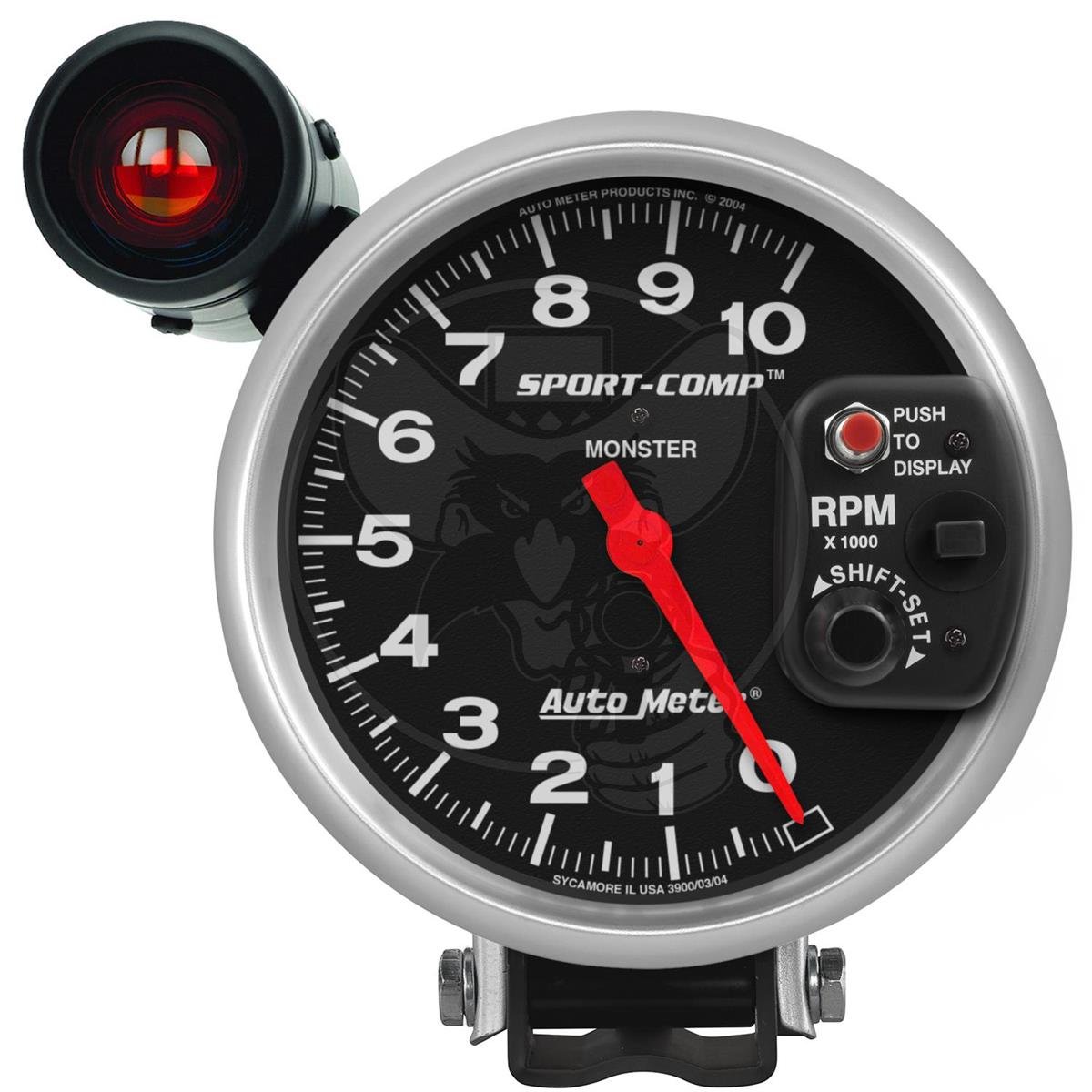Comprehensive Overview to Recognizing and Using a Tachometer Efficiently
Comprehensive Overview to Recognizing and Using a Tachometer Efficiently
Blog Article
The Significance of a Tachometer in Checking Engine Speed and Efficiency in Automotive Applications
In the realm of automotive engineering, the tachometer stands as a crucial instrument in the vehicle driver's arsenal, supplying a direct home window into the internal operations of a car's engine. Past its feature as a mere gauge of revolutions per minute (RPM), the tachometer works as a crucial tool for fanatics and professionals alike, providing real-time understandings into engine efficiency and wellness. Understanding the importance of this tool goes past surface-level observations, diving into the complex connection in between engine rate, power output, and overall driving experience. As we check out the diverse function of the tachometer in automotive applications, a deeper gratitude for its influence on automobile characteristics and efficiency begins to emerge.
Importance of Monitoring Engine RPM
Keeping an eye on engine RPM, or revolutions per min, is a vital aspect of auto upkeep and performance examination. Engine RPM directly associates with the speed at which the engine's crankshaft turns, suggesting exactly how swiftly the engine is running.
Additionally, monitoring engine RPM is necessary for performance examination in racing and high-performance automobiles. Keeping ideal RPM levels is vital for achieving peak power outcome and velocity. Racers typically make use of tachometers to guarantee they are operating within the excellent RPM range for optimum efficiency. In summary, keeping an eye on engine RPM is not just vital for spotting issues yet likewise for optimizing engine efficiency in different vehicle applications.

Benefits of Real-Time Information
In auto applications, real-time information plays a crucial role in offering instant understandings into the performance and condition of the vehicle. By continuously keeping track of various parameters such as engine speed, temperature, fuel usage, and much more, real-time data offers numerous benefits that add to enhanced efficiency and safety on the roadway.
One substantial benefit of real-time information is its capability to alert drivers and technicians to any type of anomalies or issues promptly. This aggressive technique allows quick recognition of possible issues, enabling timely treatments to stop additional damage or break downs. Additionally, real-time information assists in performance optimization by giving instant feedback on driving behaviors and engine effectiveness. Drivers can readjust their habits in real-time based on this details to accomplish far better fuel economy and prolong the lifespan of their automobile.

Furthermore, real-time information plays an important function in modern automotive diagnostics, making it possible for specialists to promptly diagnose and attend to breakdowns. This leads to minimized downtime, reduced upkeep costs, and eventually, boosted total vehicle dependability and long life (tachometer). By utilizing the power of real-time information, automotive stakeholders can make educated choices that favorably impact both the performance and longevity of the automobile
Effect On Gear Shifts
Reliable gear shifts in automotive applications dramatically affect total performance and driving experience. The tachometer plays go now an important duty in maximizing equipment changes by providing real-time engine speed information to the chauffeur. When coming close to the redline on the tachometer, it indicates the motorist to upshift to protect against over-revving the engine and creating possible damages. On the various other hand, downshifting at the appropriate moment can help maintain the engine in its power band, ensuring receptive velocity when required.
Additionally, the tachometer aids in achieving smoother equipment changes, particularly in manual transmissions. By keeping track of engine speed, drivers can execute equipment shifts at the optimal RPM array, minimizing jerking motions and decreasing endure the transmission components. This accuracy in equipment modifications not only enhances driving convenience yet likewise adds to sustain efficiency.
Enhancing Gas Effectiveness
Given the crucial duty the tachometer plays in enhancing gear changes for performance and Click Here engine wellness, it directly contributes to taking full advantage of fuel performance in automobile applications. By giving real-time comments on engine speed, the tachometer helps drivers in keeping one of the most efficient RPM variety for gas economic climate. When drivers continually keep track of the tachometer and readjust their driving behaviors accordingly, they can prevent unnecessary fuel intake triggered by over-revving or carrying the engine.
Furthermore, the tachometer assists motorists determine the most fuel-efficient equipment to be in at any type of provided minute, protecting against the engine from functioning harder than necessary. In conclusion, the tachometer serves as a valuable device in boosting gas efficiency by advertising optimum driving behaviors and recognizing locations for enhancement in the automobile's performance.

Making The Most Of Engine Longevity
The tachometer's role in checking engine speed and efficiency is instrumental in ensuring the long life of auto engines. Checking the tachometer allows vehicle drivers to stay within the suggested RPM array for their car, protecting against unneeded pressure on the engine and extending its life expectancy.

Conclusion
Finally, the tachometer plays a critical duty in keeping track of engine speed and efficiency in automotive applications. By supplying real-time information on RPM, it enables efficient gear shifts, improved gas efficiency, and made best use of engine long life. This device is necessary for helpful site keeping optimum engine efficiency and making certain the total performance of a car.
Report this page